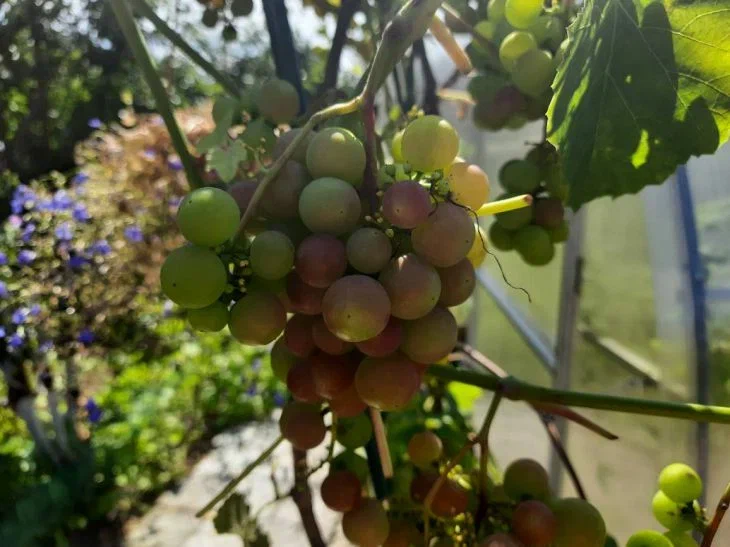How to recognize a grape seedling that will definitely not take root: 5 signs
Growing grapes requires careful care and attention. However, even with all the desire and effort, some seedlings may be unsuccessful and not take root. Therefore, it is worth examining five key signs that will help you recognize seedlings that have little chance of taking root.
Anastasia Kovrizhnykh , an expert of the online publication "BelNovosti", an agronomist and landscape designer, spoke about the intricacies of growing grapes.
Lack of roots
The first sign you should pay attention to when purchasing a grape seedling is its root system.
If a seedling does not have enough roots or they look weak and damaged, the chances of its successful survival are significantly reduced.
Strong, healthy roots are the basis for healthy plant growth and development.

Damaged shoots
The shoots of the grape seedling must be elastic and flexible. They serve to transfer nutrients and moisture from the roots to the leaves and fruits.
Damaged or broken shoots can hinder the normal development of the plant and cause its death.
Leaf spots and diseases
The leaves of a grape seedling are a kind of indicator of its health. Spots, redness or other signs of disease on the leaves may indicate problems with the plant's immune system.
Purchasing a seedling with such signs can lead to the spread of diseases to other plants on the site.
Incorrect branching
The structure of the seedling is of great importance for its further growth.
Incorrect branching may indicate problems in the plant's development or insufficient nutrients. This can significantly slow down the growth of the seedling and its adaptation to new conditions.
No signs of viability
Some seedlings may seem "dead" at first glance. The absence of green shoots, drying roots or other obvious signs of lack of life indicate that such seedlings will not take root.
It is important to avoid them when purchasing so as not to waste your time and resources in vain.
At the same time, experienced winegrowers note that there is only one correct recommendation. Grape seedlings should be purchased only from well-known winegrowers after tasting in the fall.
Earlier we talked about what fertilizers gardeners use in greenhouses in the spring .
